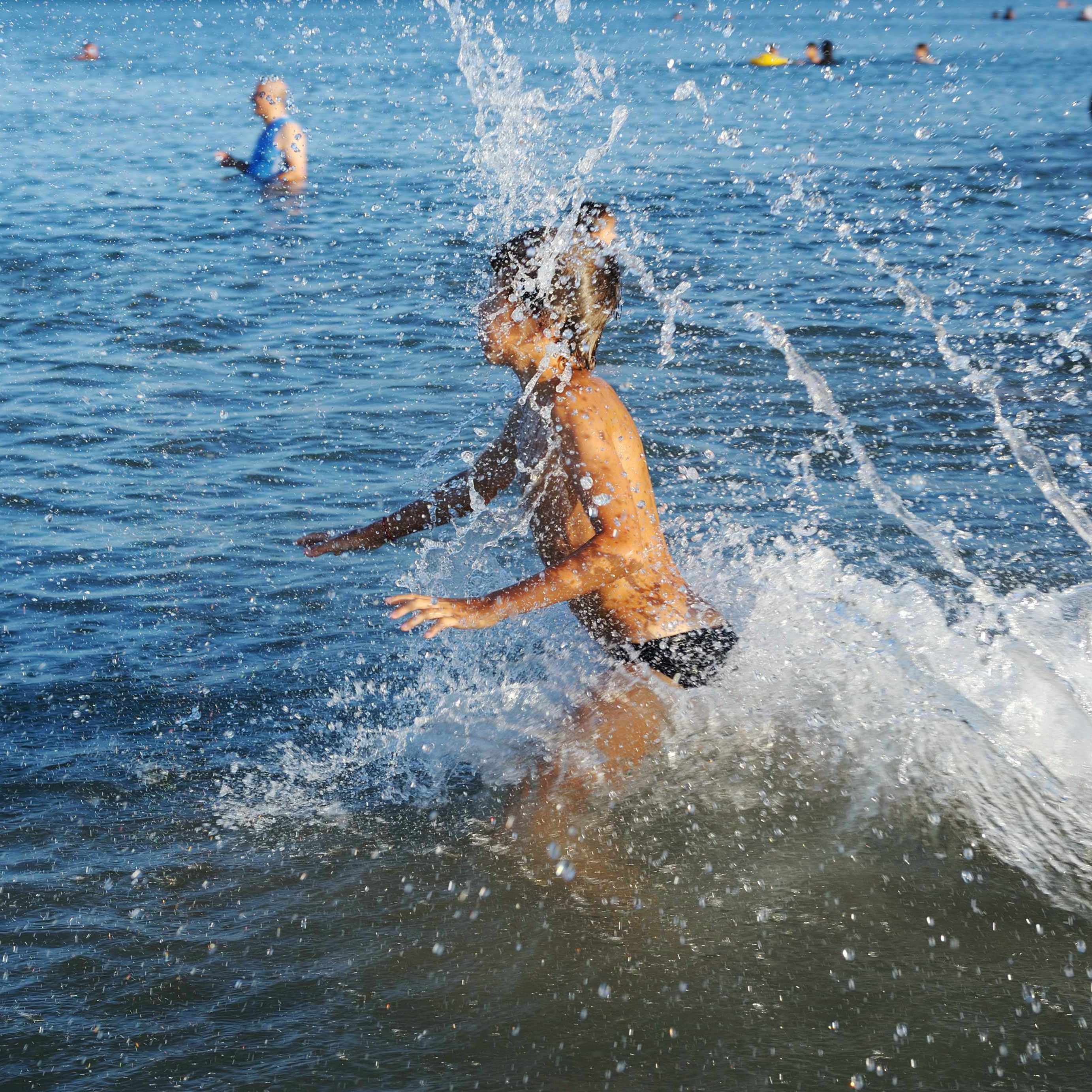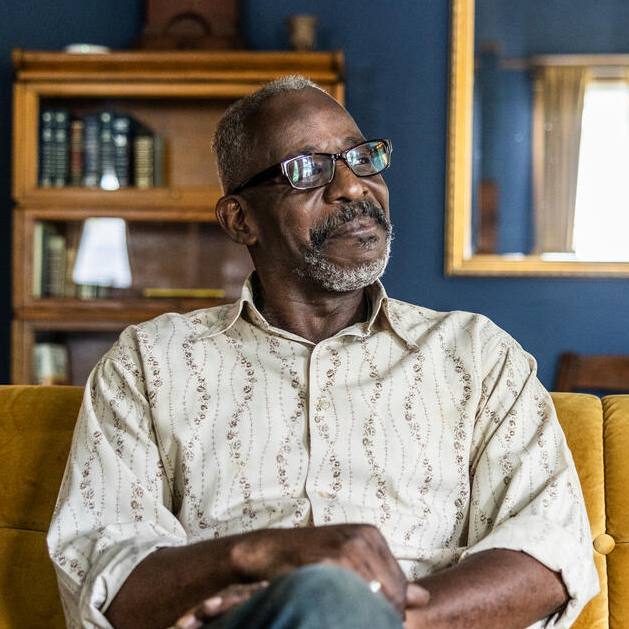-
TUESDAY Q & A: What Causes Achilles Tendinitis and What Can Be Done at Home to Heal Quickly?
DEAR MAYO CLINIC: What causes Achilles tendinitis? Are there things I can do at home to help it heal more quickly?
ANSWER: Although Achilles tendinitis is often associated with an increase in sports activity, any increase in stress on the tendon can trigger symptoms. Most of the time it can be treated with relatively simple, at-home care under your doctor’s supervision. Tailoring your treatment to the cause of the problem is important in treating an Achilles tendon problem.
Your Achilles tendon is a large, tough band of tissue connecting the muscles in the back of your lower leg to your heel bone. It’s used anytime you walk, run, jump or push up on your toes.
Achilles tendinitis typically isn’t related to a specific injury. Instead, it results from repetitive stress to the tendon, usually in conjunction with an increase in activity or a repeated activity that’s more intense than the body is prepared to handle. It could be squatting down a lot while gardening or just an increase in walking — especially uphill — on a vacation. Being overweight or obese also can place more stress on the tendon, putting you at higher risk of developing Achilles tendon problems.
Early on, Achilles tendinitis may feel like a mild ache or pain at the back of the heel or an inch or two higher up the Achilles tendon. There may be more tenderness and stiffness after inactivity — such as in the morning — and the pain may be sharper after an aggravating activity.
If you feel a snap or the sensation you’ve been hit or shot in the Achilles tendon, it’s more likely an Achilles tendon rupture.
If you have Achilles tendon pain, be sure to first talk with your doctor to rule out other problems. If you’re diagnosed with tendinitis in its early stages, the following self-care measures may resolve the problem:
Activity modification — Avoid exercise or activity that strains or irritates the tendon, such as running, jumping or prolonged hill walking. Turn to nonaggravating, low-impact exercises, such as swimming, bicycling and resistance training.
Ice massage — This can help decrease pain or swelling. Freeze water in a small paper cup and peel away the rim to expose the ice. Rub the exposed ice on the tendon for about five to 10 minutes, three to five times a day, including after exercise.
Pain-relieving medications — Nonprescription pain relievers can help with pain or discomfort. Anti-inflammatory drugs such as ibuprofen (Advil, Motrin IB) may help reduce inflammation, but they haven’t been shown to lead to quicker healing than other options such as acetaminophen (Tylenol).
Light stretching and strengthening — Once the irritation starts to diminish, calf stretching and toe raises can be gradually implemented in a way that doesn’t irritate the tendon.
Footwear adjustments — Worn-out or inappropriate shoes can be a contributing factor to Achilles tendinitis. Getting better shoes may help. Sometimes, orthotics may be helpful to optimize foot biomechanics and minimize Achilles tendon stress. If heel lifts are used, they should be used only temporarily, as they may cause shortening of the Achilles tendon.
Achilles tendon problems can get worse if not treated — and sometimes the pain persists despite appropriate self-care. After the initial inflammatory phase (tendinitis) the tendon may undergo changes (tendinosis) instead of healing. Over weeks or months, the tendon may develop microtears and swelling, frequently resulting in a tender, visible nodule where the tendon is thickened. Weakened tendon tissues are at increased risk of partial tearing or complete rupture.
Self-treatment strategies can be helpful, but they may not be enough to promote healing. A special type of strengthening called eccentric strength training can help reverse Achilles degeneration. Eccentric strengthening of the Achilles involves doing a toe raise with a very slow let down back to the ground. Perform this exercise in consultation with your doctor and under the guidance of a physical therapist. It’s important to make sure you’re doing the exercise correctly and not causing harm.
When Achilles pain doesn’t respond to conservative therapy, additional therapies may include topical medications (nitroglycerin, nonsteroidal anti-inflammatory drugs), injections (corticosteroids, platelet-rich plasma, prolotherapy), shock wave therapy, needling the tendon to initiate a healing process (needle tenotomy) and, rarely, surgery. Research has yet to determine which treatments are most effective. — Edward Laskowski, M.D., Physical Medicine & Rehabilitation and Sports Medicine Center, Mayo Clinic, Rochester, Minn.
Related Articles







